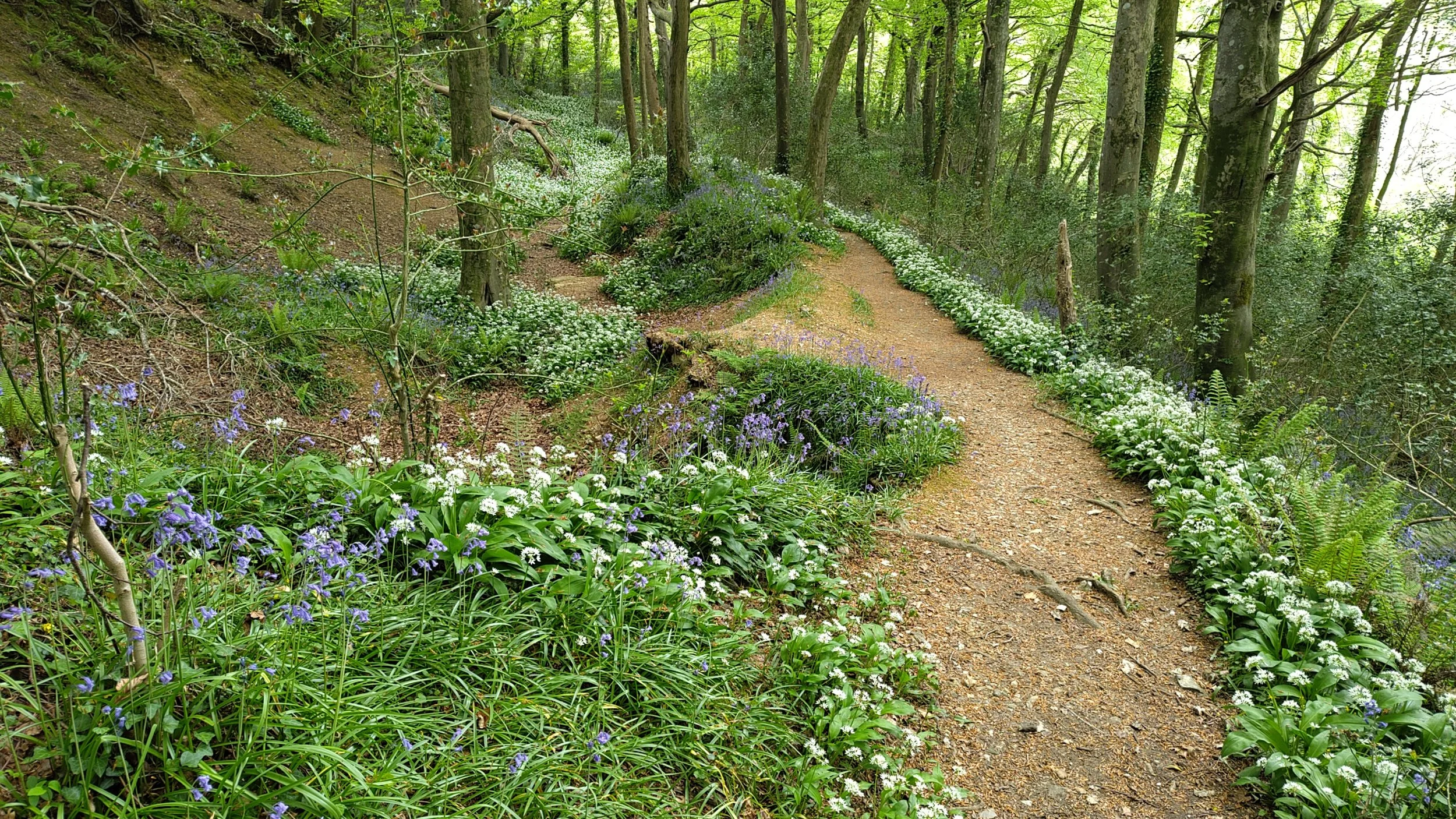Introducing LymeLight
Hello and welcome to LymeLight, a new column on Turn Lyme Green’s web site. My name’s Mark and I’ll be posting here as and when the mood takes me about all things environmental in the Lyme Regis area.
Originally from rural North Yorkshire, I spent 30 years in not-so-rural London before washing up on the Jurassic Coast around four years ago. I loved my time in the capital city, but I always hoped to return to the countryside one day. As a young lad, I used to watch 50 or more pairs of lapwings and a pair of curlews rear their young in the field in front of our house. Until one year, the farmer switched from hay to silage and wiped out the lot in a single afternoon. Happily, on a visit back home last year I learned that the lapwings have returned. The nearby fields and disused railway were my playground, and the mighty River Wharfe was a summer swimming venue.
As for Lyme Regis, it’s a uniquely lovely area – with unique challenges. As many of you are only too aware, the antiquated sewerage system designed to cope with a population of around 3,700 has to deal with more than 20,000 people in the summer months - plus day trippers. And the local geology means the town and its surrounding coastline is constantly on the move, fracturing pipework and rock formations alike. But I’m not here to talk about that – there are plenty of folk more knowledgeable than me about local drains! Mostly, I will be focusing more on the upsides of the local environment. For instance, back in March we were visited for several weeks by a beautiful barn owl hunting over the fields above Monmouth Beach, sometimes accompanied by a mate. And in early April, as the daffodils began to fade, the first swallows arrived, chiffchaffs were heard around the place and the robins in our garden were suddenly paired up.
Recently, on a walk through local woods, I was blown away not just by the fabulous bluebells (who doesn’t love bluebells, right?) but also the carpet of wild garlic – a really stunning sight. Not long now before we have the first orchids emerging on the Undercliff. It’s a wonderful place out there, with terrific views back over The Cobb as well as the chance of seeing a peregrine or a raven. A favourite shortish walk is a quick blast up to the Crimean Seat and back. It’s well worth a visit and there’s an interesting story of how it came to be there! If you want to check it out, you can reach it starting from Ware Lane and following the permissive path from the Southwest Coast Path along the Undercliff. The Crimean Seat was built by a peculiar character called John Ames, who owned the Pinhay Estate from 1834–67. Back in the day, the Undercliff was open grassland where sheep grazed and local folk walked. Ames selfishly tried to stop people walking the public path but was thwarted by a legal challenge upheld by Exeter Assizes. His reaction was to build a wall either side of the path to block the walkers’ view. Unsurprisingly, the wall didn’t last that long.
Following that mean-spirited little venture, he turned his attention to the Russians. During the Crimean War (1854–56), Ames was obsessed with the possibility of an invading Russian warfleet arriving in Lyme Bay, so he built his shelter to keep watch over the sea. The seat has recently been restored by the Pinhay Estate and gives fantastic views over the Undercliff and east as far as Portland – well worth the effort of getting up there. For more details, you can read the article written by Lois Wakeman from Uplyme.
But that’s enough of my rambling for now. Next time, I’ll be banging on about Balsam – Himalayan Balsam. Like me, it’s a foreign invader, but unlike me (I hope), it’s causing a lot of damage and needs to be done away with.
Talk soon……





